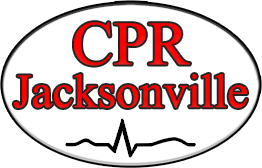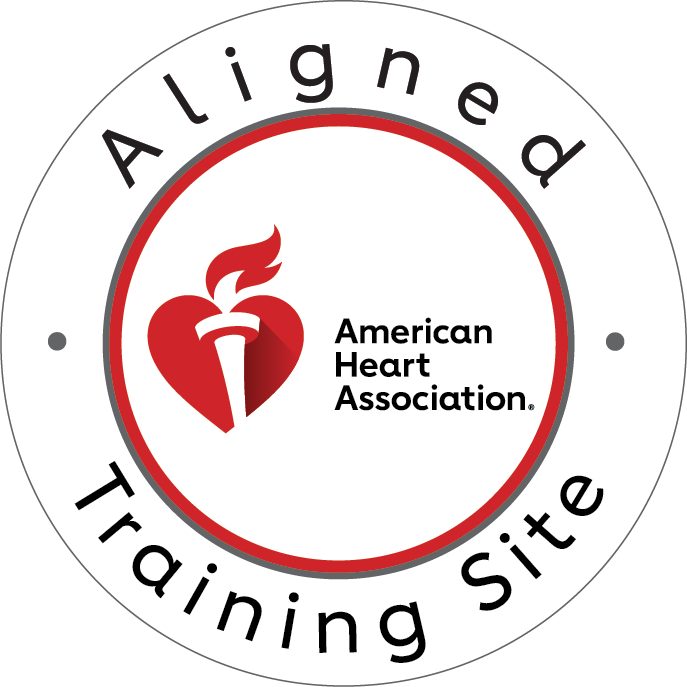In emergencies, every second counts—especially when performing CPR on a children. When a child experiences cardiac arrest, immediate and effective chest compressions can make the difference between life and death. Knowing the correct chest compression rate is essential for maximizing survival chances. CPR Jacksonville, FL, is a trusted training site where individuals can master these lifesaving skills and ensure they are prepared for pediatric emergencies.
Why Chest Compression Rate Matters
Chest compressions play a vital role in CPR by maintaining blood circulation to the brain and vital organs. The effectiveness of CPR is directly related to the rate and quality of compressions delivered. Research has shown that the proper compression rate significantly improves survival outcomes in children. Unlike adult CPR, pediatric CPR requires specialized techniques due to anatomical and physiological differences, making it crucial to understand the correct approach.
Target Rate for Chest Compressions in Children
According to the American Heart Association (AHA), the recommended chest compression rate for children is 100–120 compressions per minute. This range ensures adequate blood flow while preventing excessive fatigue in the rescuer. Maintaining this rhythm while also achieving the correct depth of compressions—about one-third the depth of the child’s chest—is crucial for effective CPR. A steady and controlled approach to compressions enhances resuscitation efforts and improves the likelihood of recovery.
Factors That Influence Chest Compression Quality
Several factors influence the quality of chest compressions in children. Proper hand placement is essential to ensure that compressions are effective. For infants, two fingers should be used in the center of the chest, while for children over one-year-old, one or two hands should be placed on the lower half of the sternum. Full chest recoil after each compression allows the heart to refill with blood, maximizing circulation. Additionally, rescuers must manage their energy to avoid fatigue during prolonged CPR efforts, as exhaustion can lead to ineffective compressions.
How to Practice and Master Chest Compression Techniques
Practicing and mastering chest compression techniques is best achieved through hands-on training. Attending CPR classes provides individuals with the opportunity to refine their skills under the guidance of experienced instructors. Feedback devices, which measure compression rate and depth, help trainees perfect their technique and build confidence. CPR Jacksonville, FL, offers stress-free, hands-on courses that equip students with the knowledge and skills necessary to perform high-quality CPR in real-world situations.
The Impact of Training on Confidence and Performance
Regular training and practice have a significant impact on a rescuer’s confidence and performance. Muscle memory plays a key role in emergency response, allowing trained individuals to act quickly and effectively. Testimonials from those who have undergone CPR training highlight the effectiveness of hands-on practice in improving technique and readiness. By participating in CPR courses, individuals gain the assurance needed to provide lifesaving assistance when it matters most.
Conclusion
Staying prepared through CPR certification is essential for anyone who wants to make a difference in emergencies. Enrolling in a class at CPR Jacksonville, FL, ensures that participants receive top-tier instruction in Basic Life Support (BLS), Advanced Cardiovascular Life Support (ACLS), Pediatric Advanced Life Support (PALS), and more. The training experience is designed to be engaging and stress-free, allowing students to develop confidence and proficiency in CPR techniques.
The target rate for chest compressions for children is 100–120 compressions per minute, as recommended by the AHA. Mastering this skill through hands-on training and regular practice is essential for effective pediatric CPR. Continuous learning and certification help ensure that rescuers are always prepared to save lives. Visit CPR Jacksonville, FL, to enroll in upcoming CPR courses and gain the skills needed to respond confidently in emergencies.



